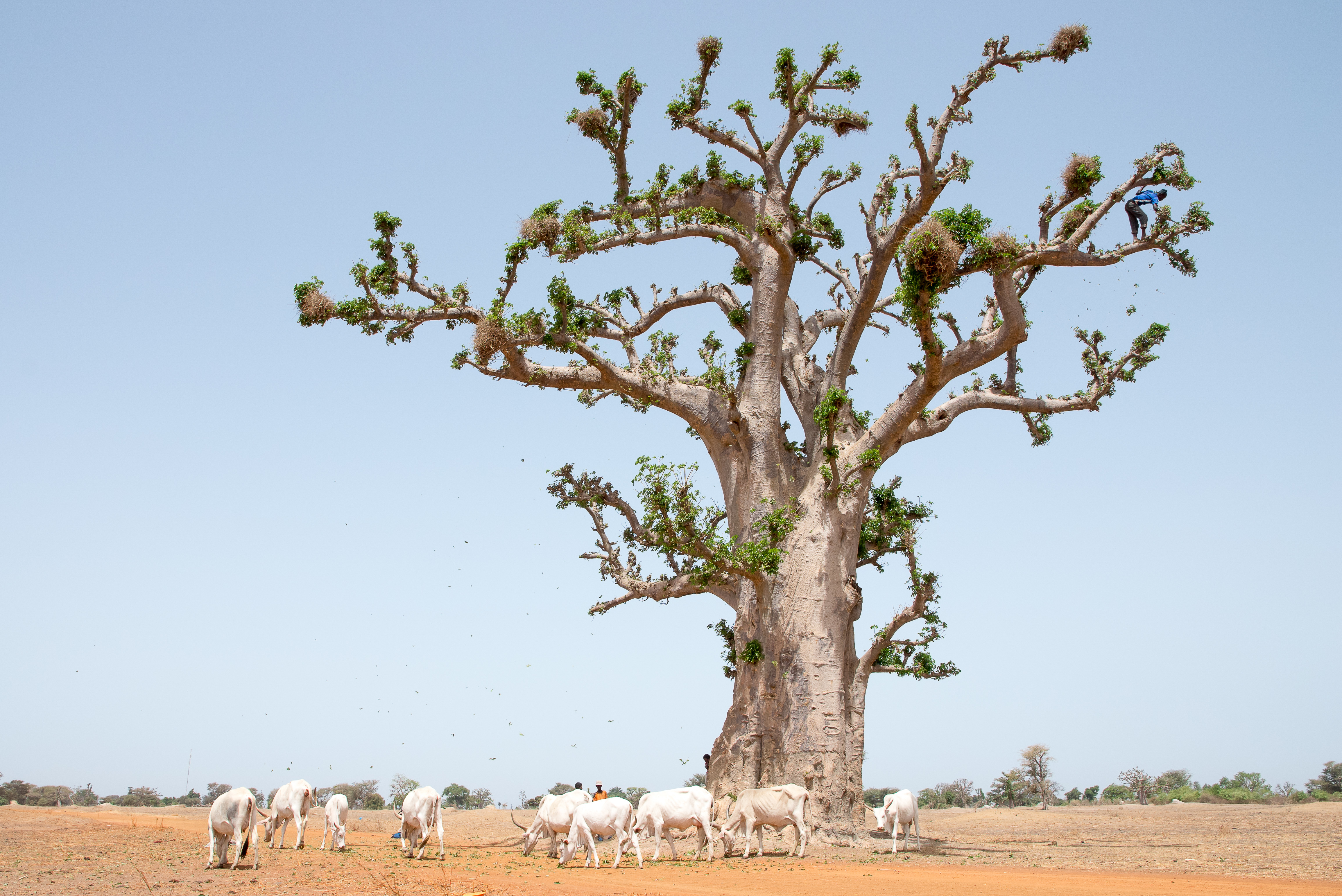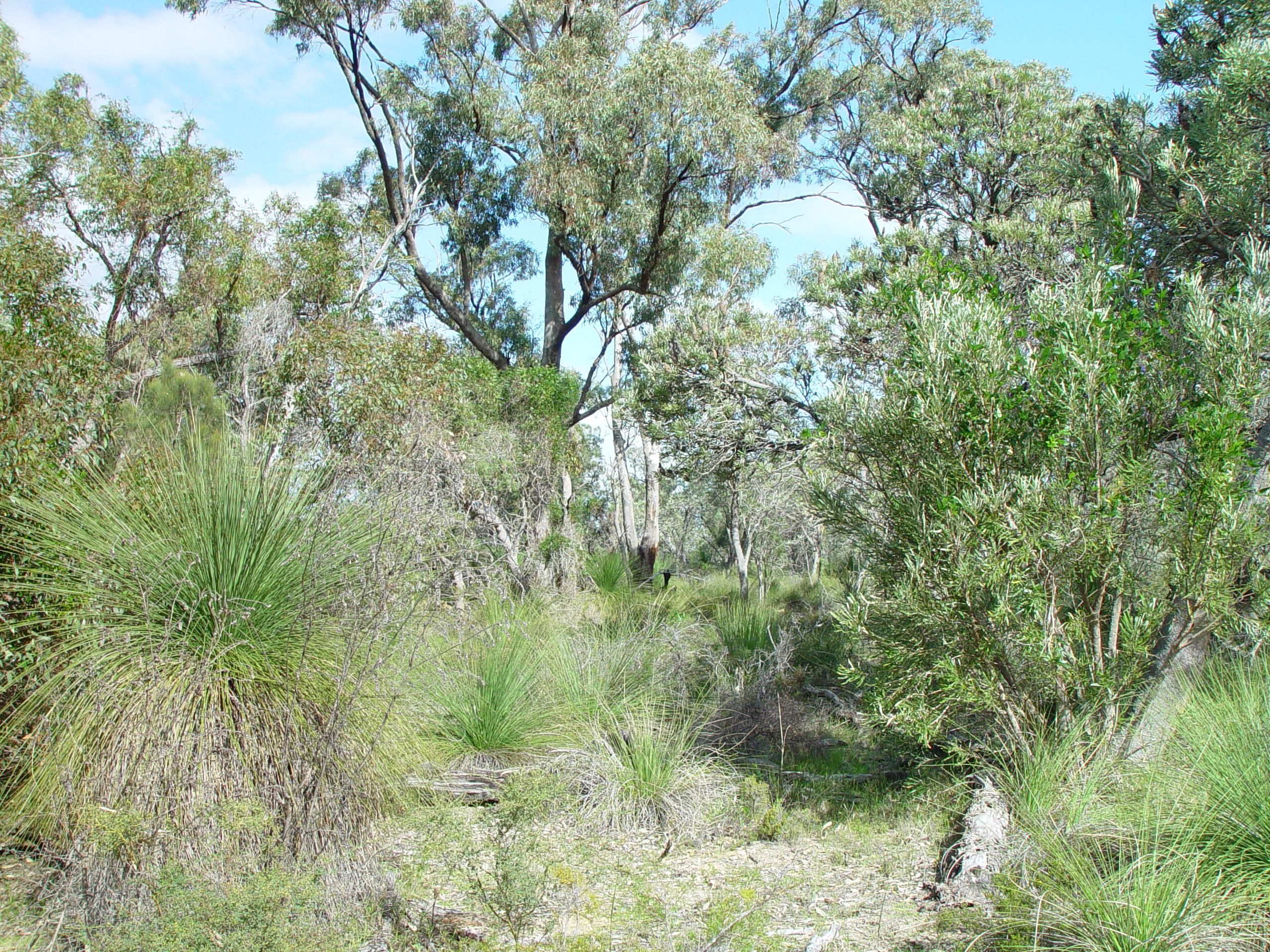|
Deux Balés National Park
Deux Balés National Park is a national park located in central eastern Burkina Faso. It is within Mouhoun Province just west of the Black Volta River and at an elevation of 235-310m.UNEP-WCMC Retrieved June 17, 2008. History Deux Balés National Park was first established in 1937 as the ''forêts classées des Deux Balés'' ('the Deux Balés Classified Forests') with an area of 610 square kilometres. At that time, it was part of French West Africa. In 1967, while part of the newly independent |
Burkina Faso
Burkina Faso (, ; , ff, 𞤄𞤵𞤪𞤳𞤭𞤲𞤢 𞤊𞤢𞤧𞤮, italic=no) is a landlocked country in West Africa with an area of , bordered by Mali to the northwest, Niger to the northeast, Benin to the southeast, Togo and Ghana to the south, and the Ivory Coast to the southwest. It has a population of 20,321,378. Previously called Republic of Upper Volta (1958–1984), it was renamed Burkina Faso by President Thomas Sankara. Its citizens are known as ''Burkinabè'' ( ), and its capital and largest city is Ouagadougou. The largest ethnic group in Burkina Faso is the Mossi people, who settled the area in the 11th and 13th centuries. They established powerful kingdoms such as the Ouagadougou, Tenkodogo, and Yatenga. In 1896, it was colonized by the French as part of French West Africa; in 1958, Upper Volta became a self-governing colony within the French Community. In 1960, it gained full independence with Maurice Yaméogo as president. Throughout the decades post in ... [...More Info...] [...Related Items...] OR: [Wikipedia] [Google] [Baidu] |
Plateau
In geology and physical geography, a plateau (; ; ), also called a high plain or a tableland, is an area of a highland consisting of flat terrain that is raised sharply above the surrounding area on at least one side. Often one or more sides have deep hills or escarpments. Plateaus can be formed by a number of processes, including upwelling of volcanic magma, extrusion of lava, and erosion by water and glaciers. Plateaus are classified according to their surrounding environment as intermontane, piedmont, or continental. A few plateaus may have a small flat top while others have wide ones. Formation Plateaus can be formed by a number of processes, including upwelling of volcanic magma, extrusion of lava, Plate tectonics movements and erosion by water and glaciers. Volcanic Volcanic plateaus are produced by volcanic activity. The Columbia Plateau in the north-western United States is an example. They may be formed by upwelling of volcanic magma or extrusion of lava. The un ... [...More Info...] [...Related Items...] OR: [Wikipedia] [Google] [Baidu] |
Crocodile
Crocodiles (family (biology), family Crocodylidae) or true crocodiles are large semiaquatic reptiles that live throughout the tropics in Africa, Asia, the Americas and Australia. The term crocodile is sometimes used even more loosely to include all extant taxon, extant members of the order (biology), order Crocodilia, which includes the alligators and caimans (family Alligatoridae), the gharial and false gharial (family Gavialidae) among other extinct taxa. Although they appear similar, crocodiles, alligators and the gharial belong to separate biological family (biology), families. The gharial, with its narrow snout, is easier to distinguish, while Morphology (biology), morphological differences are more difficult to spot in crocodiles and alligators. The most obvious external differences are visible in the head, with crocodiles having narrower and longer heads, with a more V-shaped than a U-shaped snout compared to alligators and caimans. Another obvious trait is that the upp ... [...More Info...] [...Related Items...] OR: [Wikipedia] [Google] [Baidu] |
Antelope
The term antelope is used to refer to many species of even-toed ruminant that are indigenous to various regions in Africa and Eurasia. Antelope comprise a wastebasket taxon defined as any of numerous Old World grazing and browsing hoofed mammals belonging to the family Bovidae of the order Artiodactyla. A stricter definition, also known as the "true antelopes," includes only the genera ''Gazella'', ''Nanger'', ''Eudorcas'' and ''Antilope''. One North American species, the pronghorn, is colloquially referred to as the "American antelope," but it belongs to a different family from the African and Eurasian antelopes. A group of antelope is called a herd. Unlike deer antlers, which are shed and grown annually, antelope horns grow continuously. Etymology The English word "antelope" first appeared in 1417 and is derived from the Old French ''antelop'', itself derived from Medieval Latin ''ant(h)alopus'', which in turn comes from the Byzantine Greek word ἀνθόλοψ, ''anthó ... [...More Info...] [...Related Items...] OR: [Wikipedia] [Google] [Baidu] |
Hippopotamus
The hippopotamus ( ; : hippopotamuses or hippopotami; ''Hippopotamus amphibius''), also called the hippo, common hippopotamus, or river hippopotamus, is a large semiaquatic mammal native to sub-Saharan Africa. It is one of only two extant species in the family Hippopotamidae, the other being the pygmy hippopotamus (''Choeropsis liberiensis'' or ''Hexaprotodon liberiensis''). Its name comes from the ancient Greek for "river horse" (). Aside from elephants and rhinos, the hippopotamus is the largest land mammal. It is also the largest extant land artiodactyl. Despite their physical resemblance to pigs and other terrestrial even-toed ungulates, the closest living relatives of the hippopotamids are cetaceans (whales, dolphins, porpoises, etc.), from which they diverged about 55 million years ago. Hippos are recognisable for their barrel-shaped torsos, wide-opening mouths with large canine tusks, nearly hairless bodies, pillar-like legs, and large size: adults average ... [...More Info...] [...Related Items...] OR: [Wikipedia] [Google] [Baidu] |
Isoberlinia Doka
''Isoberlinia doka'' is a hardwood tree native to African tropical savannas and Guinean forest-savanna mosaic dry forests where it can form single species stands. The tree is exploited for its economic value as a commercial timber. The leaves and shoots of the tree dominate the diet of the Giant Eland in its range. The tree is a host plant for '' Anaphe moloneyi'' (superfamily Thaumetopoeidae), one of the caterpillars that produces a wild silk Wild silks have been known and used in many countries from early times, although the scale of production is far smaller than that from cultivated silkworms. Silk cocoons and nests often resemble paper or cloth, and their use has arisen independent ..., sayan, local to parts of Nigeria. References External links Detarioideae Flora of West Tropical Africa Flora of West-Central Tropical Africa Flora of Northeast Tropical Africa Miombo Trees of Africa Flora of Uganda Taxa named by William Grant Craib Taxa named by Otto Sta ... [...More Info...] [...Related Items...] OR: [Wikipedia] [Google] [Baidu] |
Anogeissus Leiocarpus
''Anogeissus leiocarpa'' (African birch; bm, ngálǎma) is a tall deciduous tree native to the savannas of tropical Africa. It is the sole West African species of the genus ''Anogeissus'', a genus otherwise distributed from tropical central and east Africa through tropical Southeast Asia. ''Anogeissus leiocarpa'' germinates in the new soils produced by seasonal wetlands. It is a forest fringe plant, growing at the edges of the rainforest, although not deep in the rainforest. It also grows in savanna, and along riverbanks, where it forms gallery forests. The tree flowers in the rainy season, from June to October. The fruit are winged samaras, and are dispersed by ants. Ethnobotany It is one of the plants used to make ''bògòlanfini'', a traditional Malian mudcloth. Small branches with leaves are crushed to make one of the yellow dyes. The inner bark of the tree is used as a human and livestock anthelmintic for treating worms, and for treatment of a few protozoa ... [...More Info...] [...Related Items...] OR: [Wikipedia] [Google] [Baidu] |
Savanna
A savanna or savannah is a mixed woodland-grassland (i.e. grassy woodland) ecosystem characterised by the trees being sufficiently widely spaced so that the canopy does not close. The open canopy allows sufficient light to reach the ground to support an unbroken herbaceous layer consisting primarily of grasses. According to '' Britannica'', there exists four savanna forms; ''savanna woodland'' where trees and shrubs form a light canopy, ''tree savanna'' with scattered trees and shrubs, ''shrub savanna'' with distributed shrubs, and ''grass savanna'' where trees and shrubs are mostly nonexistent.Smith, Jeremy M.B.. "savanna". Encyclopedia Britannica, 5 Sep. 2016, https://www.britannica.com/science/savanna/Environment. Accessed 17 September 2022. Savannas maintain an open canopy despite a high tree density. It is often believed that savannas feature widely spaced, scattered trees. However, in many savannas, tree densities are higher and trees are more regularly spaced than in for ... [...More Info...] [...Related Items...] OR: [Wikipedia] [Google] [Baidu] |
Adansonia Digitata
''Adansonia digitata'', the African baobab, is the most widespread tree species of the genus ''Adansonia'', the baobabs, and is native to the African continent and the southern Arabian Peninsula (Yemen, Oman). These are long-lived pachycauls; radiocarbon dating has shown some individuals to be over 2,000 years old. They are typically found in dry, hot savannas of sub-Saharan Africa, where they dominate the landscape and reveal the presence of a watercourse from afar. They have traditionally been valued as sources of food, water, health remedies or places of shelter and are a key food source for many animals. They are steeped in legend and superstition. In recent years, many of the largest, oldest trees have died, possibly due to climate change. Common names for the baobab include monkey-bread tree, upside-down tree, and cream of tartar tree. Description African baobabs are trees that often grow as solitary individuals, and are large and distinctive elements of savanna or scrubla ... [...More Info...] [...Related Items...] OR: [Wikipedia] [Google] [Baidu] |
Bushland
In Australia, bushland is a blanket term for land which supports remnant vegetation or land which is disturbed but still retains a predominance of the original floristics and structure. Human survival in bushland has a whole mythology evolving around it, with the stories of Aboriginal trackers and bushrangers deeply entrenched in Australian folklore. Bushland has been a traditional source of wood for fuel and bushfood. Bushland provides a number of ecosystem services including the protection of water quality, stopping erosion, acting as a windbreak, and trapping nutrients. Bushland is prone to bushfires. This presents a challenge to authorities as infrastructure and habitations encroach into bushland areas. Preservation Until recently Australia had a very high rate of land clearing, which resulted in the destruction of bushland. Since 2006 the rate of land clearing has declined significantly. This is partially attributed to legislation that placed a ban on broad scale cleari ... [...More Info...] [...Related Items...] OR: [Wikipedia] [Google] [Baidu] |
Baobob Tree
''Adansonia'' is a genus made up of eight species of medium-to-large deciduous trees known as baobabs ( or ). They are placed in the Malvaceae family, subfamily Bombacoideae. They are native to Madagascar, mainland Africa, and Australia.Tropicos.org. Missouri Botanical Garden. 8 Jul 2020 http://www.tropicos.org The trees have also been introduced to other regions such as Asia. The generic name honours Michel Adanson, the French naturalist and explorer who described ''Adansonia digitata''. The baobab is also known as the "upside down tree", a name that originates from several myths. They are among the most long-lived of vascular plantsAdrian Patrut et al. (2018) The demise of the largest and oldest African baobabs. Nature Plants 4: 423–426. DOI: 10.1038/s41477-018-0170-5 and have large flowers that are reproductive for a maximum of 15 hours.Baum, D.A., 1995, A Systematic Revision of Adansonia (Bombacaceae). Annals of the Missouri Botanical Garden, 1995, Vol. 82, No. 3 (1995), ... [...More Info...] [...Related Items...] OR: [Wikipedia] [Google] [Baidu] |







